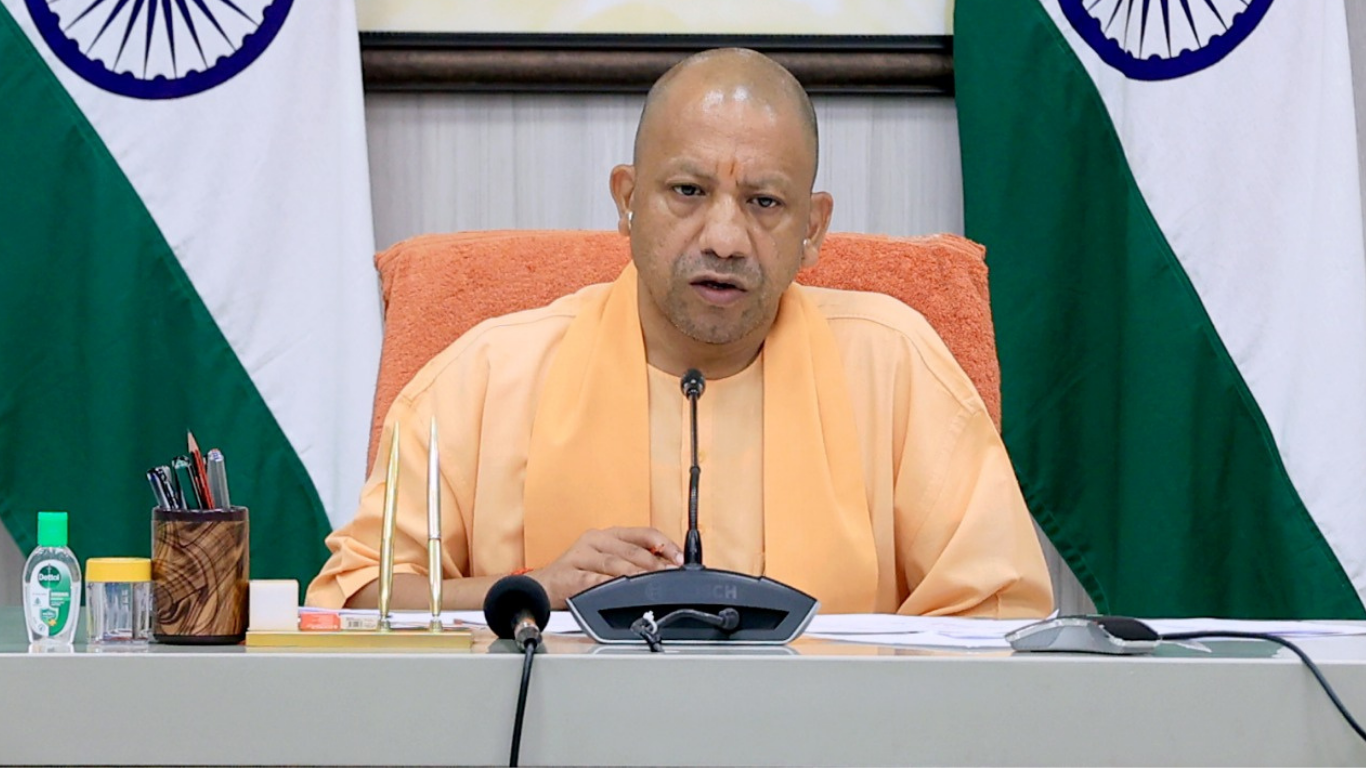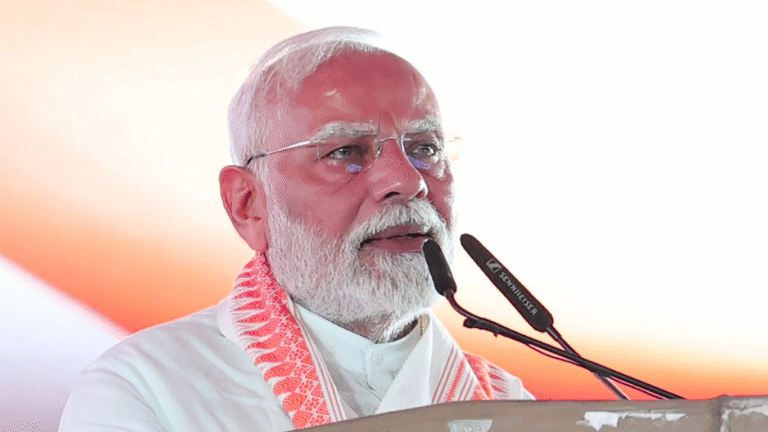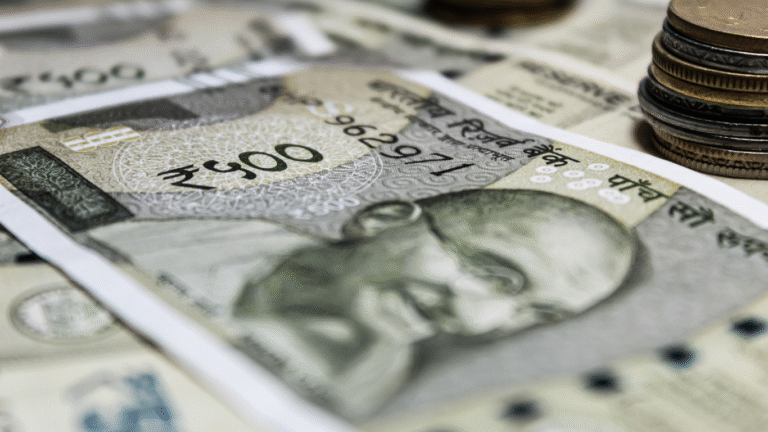
Lucknow, July 28, 2025 — In a historic milestone, Yogi Adityanath has officially become the longest-serving Chief Minister of Uttar Pradesh, surpassing the previous record held by Congress leader Sampurnanand. As of today, Adityanath has served for over seven years and 148 days, a remarkable achievement in the politically significant state of Uttar Pradesh, India’s most populous state. His tenure, which began on March 19, 2017, marks a new chapter in the state’s history, defined by transformative governance, polarizing policies, and a strong focus on development.
Born Ajay Mohan Singh Bisht on June 5, 1972, in the village of Panchur in Uttarakhand’s Pauri Garhwal district, Yogi Adityanath is not your typical politician. A Hindu monk and the head priest of Gorakhnath Math in Gorakhpur, he has blended spirituality with governance, earning both admiration and criticism. His journey from a young parliamentarian to the state’s most enduring chief minister is a story of determination, discipline, and a bold vision for Uttar Pradesh.
A Political Journey Rooted in Gorakhpur
Adityanath’s political career began in 1998 when, at the age of 26, he became one of the youngest members of the Indian Parliament, representing Gorakhpur. He went on to win five consecutive Lok Sabha elections from the same constituency, building a strong base in eastern Uttar Pradesh through his leadership of the Gorakhnath Math and the Hindu Yuva Vahini, a socio-cultural outfit he founded in 2002. His fiery speeches and unapologetic advocacy for Hindu nationalist causes made him a polarizing yet influential figure within the Bharatiya Janata Party (BJP).
In 2017, after the BJP’s landslide victory in the Uttar Pradesh assembly elections, Adityanath was unexpectedly named chief minister. The decision surprised many, as he was not the party’s projected candidate during the campaign. Political analysts saw it as a strategic move by the BJP’s central leadership to balance regional and ideological interests. Adityanath quickly proved his mettle, taking charge of a state known for its complex caste dynamics, economic challenges, and law-and-order issues.
Breaking Records and Setting Milestones
Adityanath’s record-breaking tenure as chief minister overtakes Sampurnanand’s five years and 344 days, a mark set in the 1950s. Unlike previous chief ministers like Mulayam Singh Yadav and Mayawati, who served multiple non-consecutive terms, Adityanath is the first to complete two full consecutive terms, a feat achieved after the BJP’s victory in the 2022 assembly elections. His longevity in office reflects both public support and the BJP’s dominance in Uttar Pradesh, a state that plays a pivotal role in national politics.
Social media erupted with reactions to the milestone. Posts on X celebrated Adityanath’s leadership, with supporters praising his focus on development and governance. One user called it “a testament to public trust,” while another hailed the transformation of Uttar Pradesh under his rule. However, not all voices were celebratory, with critics pointing to controversies surrounding his policies.
Transforming Uttar Pradesh: Achievements and Initiatives
Since taking office, Adityanath has prioritized infrastructure, law and order, and economic growth. His government’s aggressive push for development has reshaped Uttar Pradesh, once considered an “ailing state.” In a recent statement, Adityanath credited Prime Minister Narendra Modi’s leadership for the state’s economic rise, noting that Uttar Pradesh is now India’s second-largest economy.
One of Adityanath’s flagship projects is the Uttar Pradesh Defence Industrial Corridor, launched in 2019. In July 2024, the state signed over 150 defence manufacturing contracts worth ₹24,000 crore, which are expected to create 40,000 jobs across districts such as Lucknow, Kanpur, and Jhansi. The corridor, inaugurated in February 2023, has attracted private investment and positioned Uttar Pradesh as a hub for defence production.
Infrastructure development has been another hallmark of his tenure. From expressways to new roads and overbridges, Adityanath has emphasized connectivity as a driver of economic growth. He recently highlighted the importance of four-lane roads in Gorakhpur and the construction of a new international cricket stadium, a personal dream project expected to be completed by mid-2026. The state’s monsoon plantation drive, which aims to plant 350 million trees by 2025, reflects its focus on sustainable development.
Adityanath’s administration has also made strides in law and order, a key promise of his 2017 campaign. He famously declared Uttar Pradesh “bhrashtachar mukt, bhaya mukt, danga mukt, gaddha mukt aur andhkaar mukt” (free of corruption, fear, riots, potholes, and darkness). His government’s use of bulldozers to demolish illegal properties earned him the nickname “Bulldozer Baba,” a term that resonates with supporters but draws criticism from opponents who argue it disproportionately targets minorities.
Controversies and Criticism
Adityanath’s tenure has not been without controversy. His hardline Hindu nationalist stance and policies like the 2020 ordinance on interfaith marriages have sparked accusations of discrimination, particularly against Muslims. Critics, including human rights groups, point to incidents of violence and the demolition of properties as evidence of a divisive approach but as per our observation these are biased analysis.
The 2021 Uttar Pradesh Population Control Bill also stirred debate. Unveiled on World Population Day, the bill aimed to curb population growth through incentives for smaller families. While Adityanath framed it as a step toward sustainable development, opposition parties criticized it as a political ploy ahead of the 2022 elections.
Despite these controversies, Adityanath’s popularity remains strong among BJP supporters. His socially conservative views and tough stance on crime resonate with a significant portion of the electorate. In August 2020, an India Today survey named him the best-performing chief minister in India, a testament to his ability to deliver results.
A National Figure with a Local Focus
Adityanath’s influence extends beyond Uttar Pradesh. As a star campaigner for the BJP, he played a key role in securing victories in the 2023 assembly elections in Madhya Pradesh, Chhattisgarh, and Rajasthan. Speculation about his potential as a future prime minister surfaced in 2024, with The New York Times citing analysts who see him as a strong contender if he continues to deliver.
Yet, Adityanath remains deeply connected to his roots in Gorakhpur. His recent visit to the family of Shubham Dwivedi, a victim of a terror attack in Pahalgam, underscored his hands-on approach. He assured the family of justice, reflecting his commitment to addressing both local and national concerns.
What Lies Ahead?
As Adityanath cements his legacy as Uttar Pradesh’s longest-serving chief minister, the question is what comes next. His supporters see him as a transformative leader who has modernized the state while staying true to his ideological roots. Critics, however, urge greater inclusivity and caution against policies that deepen social divides.
With the 2027 assembly elections on the horizon, Adityanath’s focus on infrastructure, jobs, and law enforcement will likely shape his campaign. Projects like the Bulk Drug Pharma Park and the Vrindavan temple corridor signal his ambition to leave a lasting mark. Whether he continues to lead Uttar Pradesh or ascends to a national role, Yogi Adityanath’s impact on the state’s political landscape is undeniable.
For now, his supporters are celebrating this historic milestone. Adityanath’s journey from a monk to a record-breaking chief minister stands as a testament to his enduring influence. His supporters on X summed it up best: “Yogi Ji’s leadership has taken Uttar Pradesh to new heights.” Whether you agree or disagree, one thing is clear—his tenure has reshaped the state in ways that will be felt for years to come.



